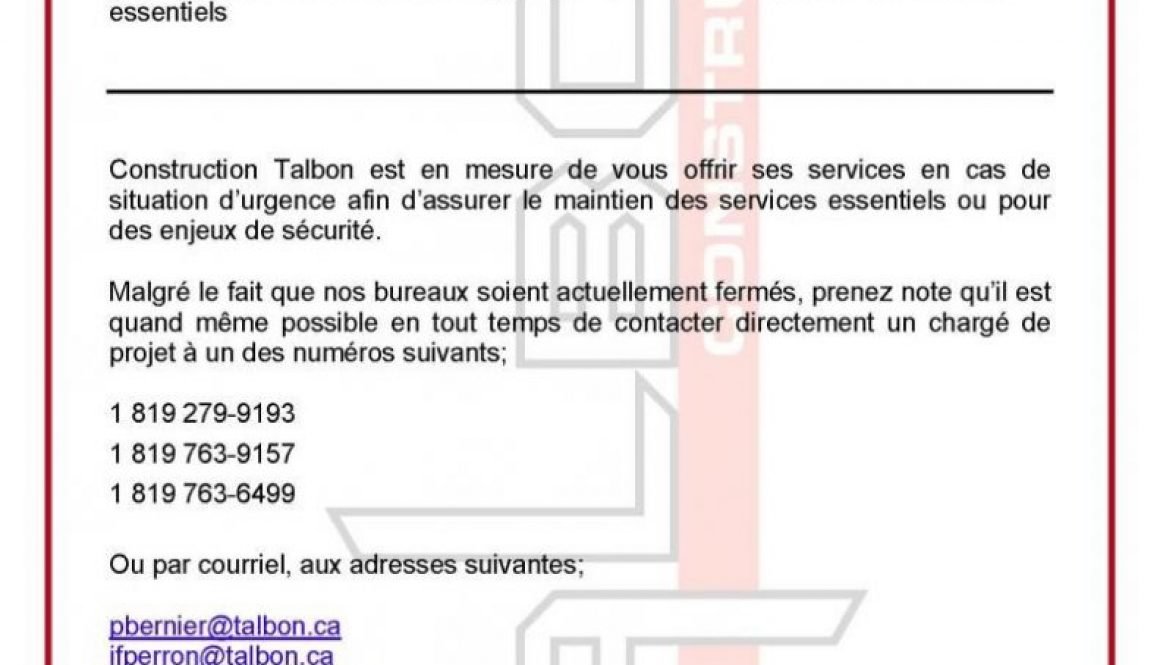Explore Tuapse: A Dive into the Heart of Krasnodar’s Coastal Gem
1. Introduction
Tuapse, the administrative center of the Tuapsinsky District in Krasnodar Krai, stands proudly on the eastern shore of the Black Sea. Let’s delve into the city’s intriguing facets, from its historical roots to its pivotal role in regional economics.
2. Historical Tapestry
The name “Tuapse” traces back to ancient times, with the Adyghe word meaning “confluence” or “a place below the confluence of two rivers.” This area’s historical significance dates as far back as the VI–II centuries BCE, evidenced by the Greek transcription “Topsida.” It was a bustling center of trade, particularly in the era of the Shapsugs, an Adyghe sub-ethnic group.
3. Geographic Marvels
Nestled amid the foothills of the Main Caucasus Range, Tuapse boasts a prime location on the Black Sea coast. The city is graced by the estuaries of the Tuapse and Pauk rivers, adding to its natural allure. Explore the captivating landscapes that have captivated visitors for centuries.
4. Climate Bliss
Tuapse enjoys a humid subtropical climate, making it a haven for those seeking pleasant weather. The coldest months, January and February, maintain a positive average temperature of around +5°C. Summers, stretching from late April to September, bring sunny, warm, and moderately humid conditions, with July and August recording average temperatures of +23°C.
5. Economic Backbone
A key player in the economic landscape, Tuapse thrives in industries like oil processing, transportation, and food production. Its strategic location as a transport hub along the Black Sea coast solidifies its importance in connecting with resort destinations like Sochi and facilitating the export of essential raw materials.
6. Transportation Hub
Tuapse’s significance in transportation extends to various modes, including road, rail, and sea. Numerous major enterprises in these sectors contribute to the city’s status as a vital node for both domestic and international trade. Explore the wheels and waves that keep Tuapse in constant motion.
7. Tourism Dynamics
Despite its industrial and transportation prowess, Tuapse faces challenges in developing its tourism sector. The city serves as a transit point for tourists heading to nearby resorts like Nebug, Agoy, Ol’ginka, and Shepsi, as well as those in the Lazarevsky District of Sochi. Discover how Tuapse’s unique position influences its role in the tourism realm.
8. Cultural and Archaeological Treasures
Tuapse’s surroundings are adorned with archaeological wonders, including numerous Bronze Age dolmens. The Kiselyova Rock, situated beyond Cape Kadosh, has become a popular attraction. Uncover the historical and cultural gems that await exploration in Tuapse and its neighboring areas.
9. Conclusion
Tuapse, with its blend of history, geography, and economic importance, emerges as a multifaceted destination. As we conclude our journey through this coastal gem, the echoes of its past and the rhythms of its present continue to shape its vibrant identity.
This comprehensive guide to Tuapse aims to provide valuable insights for those seeking information about the city, its history, and its contemporary significance.
Frequently Asked Questions (FAQs) – Tuapse Exploration Guide
1. What is the historical significance of Tuapse?
- Tuapse holds historical roots dating back to the VI–II centuries BCE, known as Topsida in Greek transcription. It was a significant center of trade, particularly during the era of the Shapsugs, an Adyghe sub-ethnic group.
2. Where is Tuapse located?
- Tuapse is situated on the eastern shore of the Black Sea, nestled in the foothills of the Main Caucasus Range. It serves as the administrative center of the Tuapsinsky District in Krasnodar Krai.
3. What is the climate like in Tuapse?
- Tuapse experiences a humid subtropical climate. The coldest months, January and February, maintain a positive average temperature of around +5°C, while summers, from late April to September, bring sunny and warm conditions with average temperatures of +23°C in July and August.
4. What are the key economic sectors in Tuapse?
- Tuapse thrives in industries such as oil processing, transportation, and food production. Its strategic location as a transport hub along the Black Sea coast enhances its economic significance.
5. How does Tuapse contribute to transportation in the region?
- Tuapse plays a vital role as a transportation hub, encompassing road, rail, and sea transport. Several major enterprises contribute to its status as a crucial node for both domestic and international trade.
6. What challenges does Tuapse face in developing its tourism sector?
- Despite favorable climate and natural conditions, Tuapse faces challenges in developing tourism due to its industrial and transportation focus. The city primarily serves as a transit point for tourists heading to nearby resorts.
7. What are the cultural and archaeological attractions in Tuapse?
- Tuapse and its surroundings boast archaeological wonders, including Bronze Age dolmens. The Kiselyova Rock, located beyond Cape Kadosh, is a popular attraction. These sites offer a glimpse into the rich cultural history of the region.
8. How can tourists explore Tuapse and its neighboring areas?
- Tourists can explore Tuapse by using its well-connected transportation infrastructure. The city serves as a transit point for those heading to resorts like Nebug, Agoy, Ol’ginka, and Shepsi, as well as Lazarevsky District in Sochi.
9. What recent changes or updates are there in Tuapse?
- The latest update as of April 28, 2022, mentions no specific changes. It is advisable to check official sources for the most recent information about Tuapse.
These FAQs aim to provide additional information and address common queries related to the Tuapse Exploration Guide.













